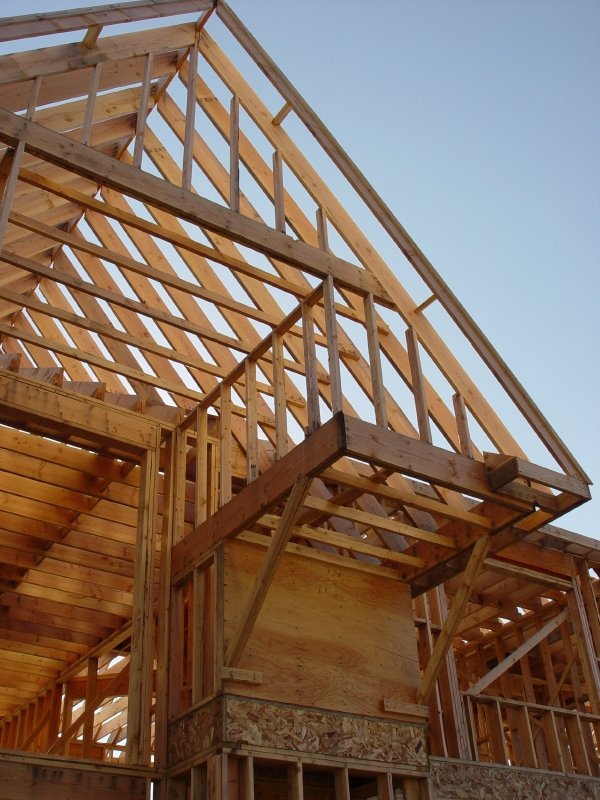
A brand new house can be appealing. You get to pick out the floor plan, the exterior style, flooring, cabinets, countertops and more. You can get everything designed just the way you want it. However, a newly constructed home can have some drawbacks, too. So before you decide to build your dream home, consider these pros and cons to help you make a more informed decision.
Pros
- The biggest advantage of building your own home is you can customize your home the way you want. You choose the home’s layout, design, finishes and colors.
- In a planned housing development, you still have some freedom of choice in selecting floor plans and design options, but the builder may limit your number of options. This may work well for you if you find the whole selection process a bit overwhelming.
- You or a home contractor/inspector you’ve hired can visit your home site regularly during the construction process to inspect the quality of the work being done on the home. This way you can bring up issues sooner rather than later that need to be resolved.
- A new home will have up-to-date wiring and plumbing, so you don’t have to worry about safety issues since the home will be up to code.
- Newer homes, especially those in planned communities, often have garages or access to parking which some homes in older communities may not have.
- A newly built home will have the newest heating/cooling, plumbing, and electrical systems as well as new appliances that are more energy efficient, so you’ll save money on your utility bills.
Cons
- The most important factor to consider when building a new home is what builder you will use to construct your home. It’s important to investigate the builder before you sign a contract with them. Talk to friends and family for recommendations. Ask the builder for customer references you can contact. The last thing you want is a builder who takes your money and shoddily constructs your home, or a builder who goes bankrupt and doesn’t complete your home.
- Building a home in a housing development may be cheaper than buying a true custom home, but your floor plan and design options will likely be limited. Additionally, the model home may feature expensive extras like a fireplace, granite countertops, wood floors and spa tubs, that you decide you can’t live without. However, these extras can increase the home’s base price considerably.
- The cost for a newly build home in a subdivision may be higher than comparable existing homes since the builder will likely include the installation costs for new roads and utilities into the home’s price.
- Some builders may substitute poorer materials during construction to save money. So if something doesn’t look right, question it.
- Often, construction projects can go beyond the projected timeline, which can be a major concern if you have to be out of your current residence by a certain date.
- With new home construction, you’ll have to take more time away from your busy schedule to meet with the developer and conduct periodic site inspections.
- Remember, new homes come with a new lawn and young trees and scrubs that you’ll need to frequently take care of during the first few years. Also, the new landscaping added around a new home is limited, so if you want grass, trees and shrubs in your side and backyards, you’ll have to do this landscaping yourself or you’ll have to hire a landscaping firm.
Building a brand new home that fits your needs and personality can be fun. Just make sure you understand all the risks and benefits before you sign on the dotted line.
If you need a home mortgage for your new home, contact Grandview Lending. Our senior mortgage specialists will work with you to find the right mortgage solution for your needs.
Do you know how much home you can afford?
Most people don’t... Find out in 10 minutes.
Today's Mortgage Rates

Leave a Reply